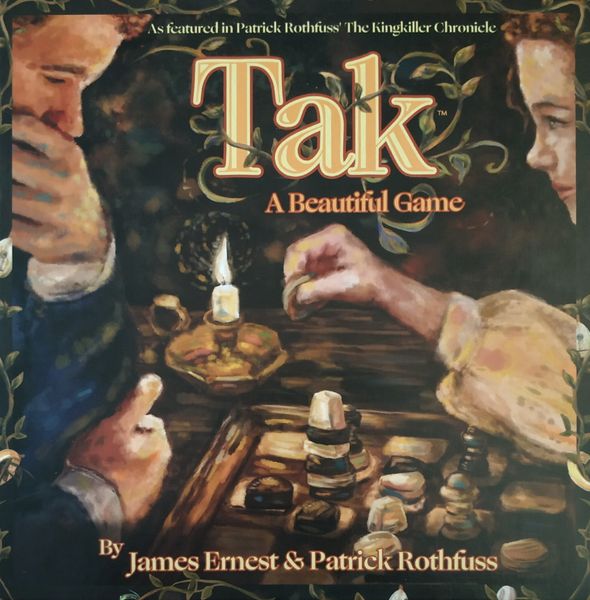Tak (2017) Board Game
Tak is a two-player abstract strategy game that was first introduced in in 2017. It was designed by James Ernest and popular fantasy author, Patrick Rothfuss. The game is inspired by the fictional game of the same name that appears in Rothfuss’ bestselling novel, “The Wise Man’s Fear”. Tak has gained a following for its elegant gameplay and strategic depth, making it a favorite among board game enthusiasts.
Game Components of Tak
How To Setup Tak
To set up Tak, players start by randomly selecting a starting player. This player then places one of their opponent’s pieces on any empty spot on the board. The other player does the same with one of the starting player’s pieces. After this initial placement, players take turns placing or moving their pieces. The board does not require any specific arrangement beyond the initial piece placements.
Gameplay Mechanics and Game Objective
Player Experience
Tak is praised for its simple rules and complex strategy, making it appealing to both new and experienced players. The game requires strategic thinking and planning, as players need to balance building their road with defending against their opponent’s moves. The stacking mechanism adds depth, allowing for intricate strategies and sudden changes in the game state. Players can start with smaller boards for quicker games and move to larger boards for more complex challenges.
Pros
Cons
Personal Thoughts on Tak
Tak is ideal for fans of abstract strategy games who appreciate games with simple rules but deep strategic layers. It is a great introduction for new players due to its intuitive gameplay, yet it also challenges experienced players with its complex strategies. The game’s thematic connection to Patrick Rothfuss’s “Kingkiller Chronicles” series adds an extra layer of appeal for fans of the books. However, the significant first player advantage might be a concern for competitive play, but it does not diminish the game’s casual appeal.
We are supported by our audience. When you purchase through links on our site, we may earn an affiliate commission, at no extra cost for you. Learn more.

